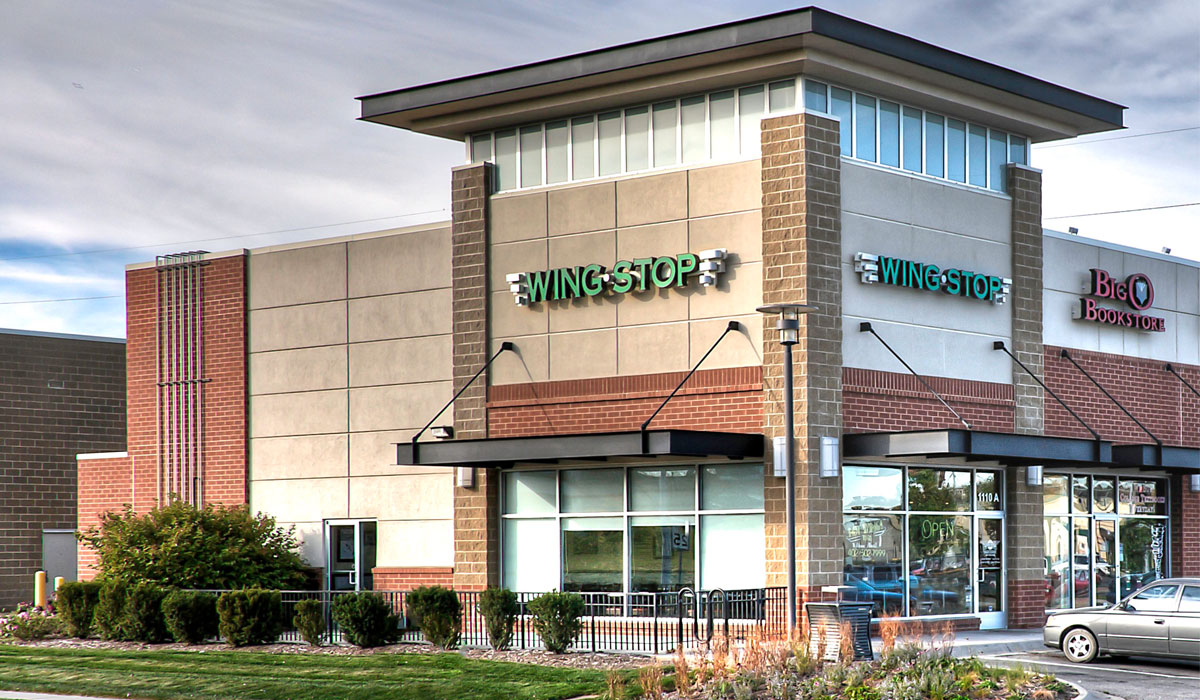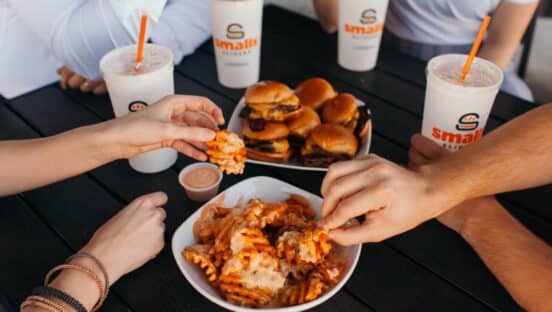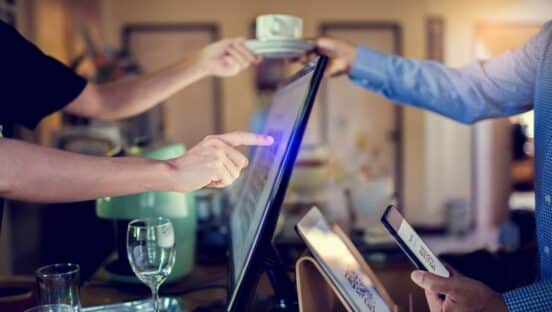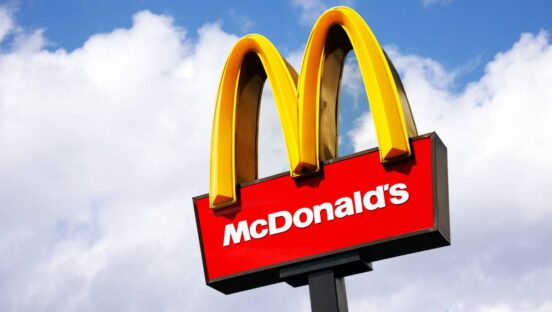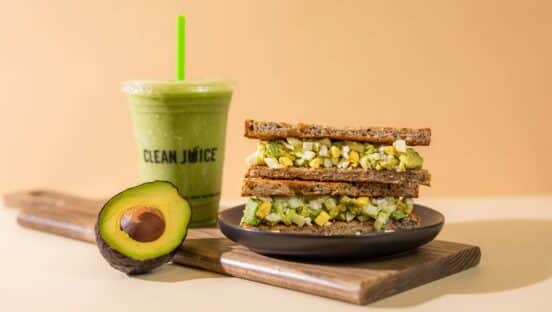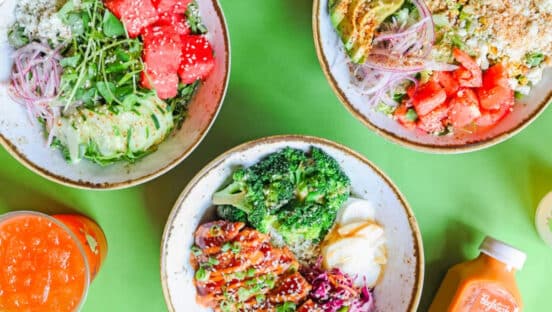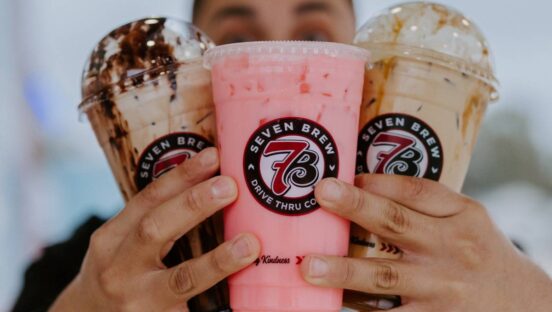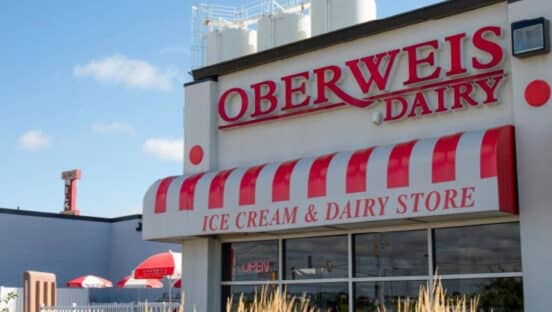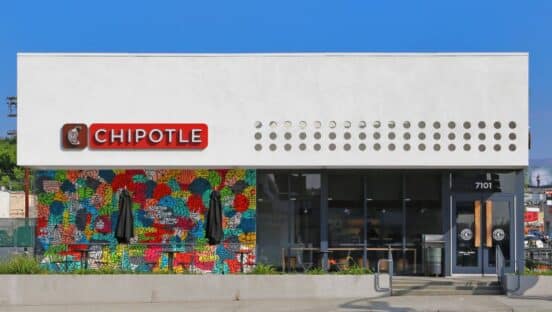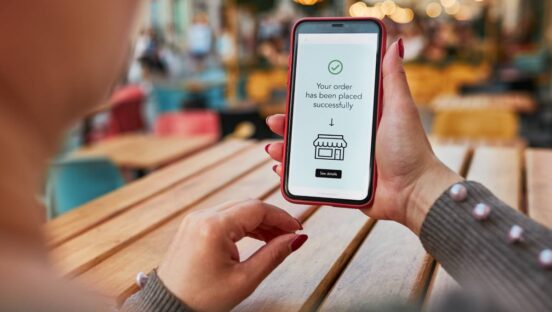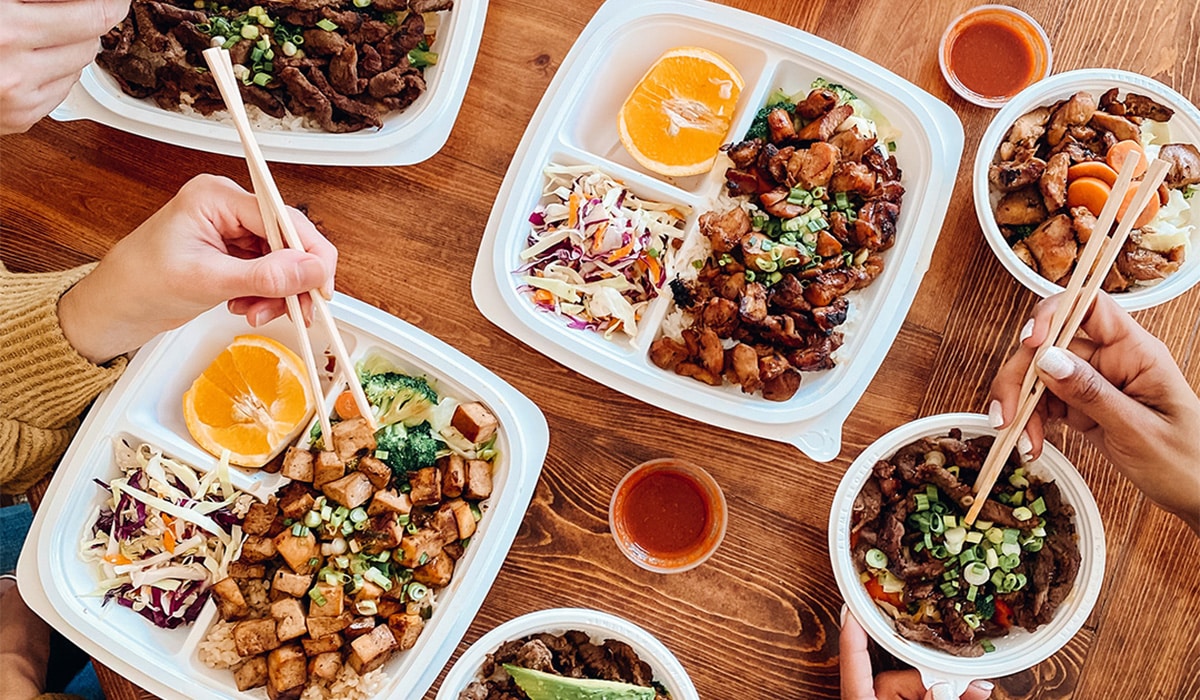Thanks to another strong quarter, Wingstop is well on its way to reporting its 15th consecutive year of positive same-store sales growth, an achievement not seen very often in the restaurant space, Charlie Morrison, Wingstop’s chief executive officer, said. In fact, he called the streak “an achievement we believe is unmatched in the industry.”
During the third quarter, Wingstop’s total systemwide sales increased 15.1 percent to $315.3 million. As for total revenue, Wingstop saw a lift of 15.5 percent, which brought the company’s total to $38.2 million compared to $33.1 million during Q3 of 2017.
Domestic same-store sales hiked an impressive 6.3 percent in Q3, along with systemwide unit growth of nearly 12 percent. Wingstop opened 27 net new restaurants and ended the quarter with 1,215 locations worldwide.
Wingstop’s stellar success lately can be attributed to new innovations in the company’s digital advertising strategy, Morrison said, as well as fresh LTOs and deals that resonated with guests, and the introduction of delivery into a few test markets.
To increase the number of transactions at Wingstop locations, the company used both digital and TV advertising to promote new specials and deals. The 60-cent boneless wings on Mondays and Tuesdays promotion and the launch of a new $15.99 Big Night In Boneless Bundle, which consists of 25 boneless wings in a choice of three flavors with three dips, contributed to an increase in transactions.
“This marked the first time that we have leveraged our national scale for a product bundle like this,” Morrison said during an October 29 conference call. “We actually have started to see a nice increase back from our core customers and that bundle really drove it and of course it was at a great value at $15.99.”
By leaning into the digital side, Wingstop found mobile and digital orders to be $5 higher on average than non-digital checks, which come in about $17 on average.
Morrison explained that 75 percent of Wingstop’s business is takeout and a majority of those orders still come in over the phone. In order to see higher check averages the company will focus on incentivizing ordering digitally.
“We see no reason why our digital sales cannot approach and perhaps exceed the levels of some national pizza chains,” Morrison said. “Our goal is to digitize every Wingstop transaction.”
When asked who Wingstop is taking delivery share from, with the mid to high-single-digit sales lifts it’s seeing, Morrison said, “I think we have taken it from a number of different occasions. I think the key is to get that true delivery customer to convert their occasions away from what they are used to, which could include pizza occasions and convert those over to a Wingstop occasion. But I think, it’s that plus any number of offerings that are out there for delivery and Wingstop being perhaps a preferred option.”
A new, custom built Wingstop app and website is in the works to help the brand meet that goal while improving the overall experience for guests. Testing on the new technology began during Q3 and the company hopes to replace the current technology in the near future—hopefully in early 2019.
“We are rebuilding that app and expect to launch it at the end of the year, first of next year,” Morrison said. “We are going to change completely the presentation to our guests and so that they start with the decision between delivery or carryout as the first choice and then work their way through a much, much more engaging user interface that has fewer clicks and scrolls than what we had before.”
In addition to the new technology Wingstop is testing, the company started the national rollout of delivery.
“We see no reason why our digital sales cannot approach and perhaps exceed the levels of some national pizza chains. Our goal is to digitize every Wingstop transaction.” — Charlie Morrison, Wingstop CEO.
The national rollout of delivery service comes after Wingstop found success in three different test markets in late 2017 and early 2018. In all three test markets Wingstop saw sales lift from delivery.
“We have been able to demonstrate that the lift in sales from delivery is highly incremental and profitable at the restaurant level,” Morrison added. “In fact, the profitability is further enhanced by the checklist we have seen in our delivery test, which is even higher than the $5 average checklist that we see on ordinary digital orders.”
In October, Denver, which has 20 Wingstop restaurants, became the first market to offer delivery at all locations.
“Denver was a logical next step for us because it presented a smaller, easier to manage market for validating our delivery playbook and it is a strong market for Door Dash, our third-party delivery partner,” Morrison explained.
Los Angeles is the next market where Wingstop will launch delivery service beginning in November. For Wingstop, this market is its largest domestic market “from a restaurant count perspective,” so it will be a good test to see how the delivery process works in on a broader scale.
“Following a successful launch in Los Angeles, we plan to add delivery in the Houston market bringing us to roughly 25 percent of our domestic footprint offering delivery by the end of 2018,” Morrison said. “We believe the space, market-by-market approach to our rollout of delivery would help us ensure that we deliver on our guest expectations while introducing new guests to the Wingstop brand with a great initial experience.”
“We believe by the end of 2019, we should have delivery available to over 80 percent of the domestic system,” he added.
The word “delivery” came up 38 times in the call. Morrison said about two-thirds of guests came through the Wingstop app, which, as noted before, is being rebuilt.
“There is only about a 15 percent, maybe 20 percent overlap,” he said, referencing carryout customers versus delivery customers, “and if you look at the results we’ve seen so far, it would suggest that at an 80 percent or so level of incrementality that these truly are new guests that are coming in the door. We can also measure that by looking back at information about these guests to see if they leverage Wingstop before for a carryout order using our digital means.”
In regards to the third-party space, where DoorDash represents that other third of business, Morrison said, “… if you think about those new customers from a data sharing perspective, again, the majority of them are going to be customers that data we own. But we certainly will share information with our partner to ensure that we clearly understand who that guest is, but we technically don’t own that customer in that transaction if it comes through a secondary source.”
Getting to an 80 percent cover of the delivery system will take store-level changes. Morrison ran through a few.
“A modification to our strategy for how we package product to separate French fries from the rest of the order and then very simply just a change in procedure on how we cook our French fries and I’ve been asked this question before: Why don’t you just go ahead and make that procedural change everywhere? Part of it is because we want to make sure that we train it in properly,” Morrison said. “So that happens and then, really just an education and awareness to how to treat delivery orders recognized when DoorDash shows up and a reinforcement of done right and on-time, the two key measures for the highest level of customer satisfaction.”
Expansion, both domestically and internationally, continued for Wingstop as well. Of its 1,215 worldwide, 1,059 of those are in the U.S. “We remain confident in delivering strong unit growth driven by the momentum in the number of new restaurant commitment sales, as well as the healthiness of our existing pipeline,” Morrison said.

